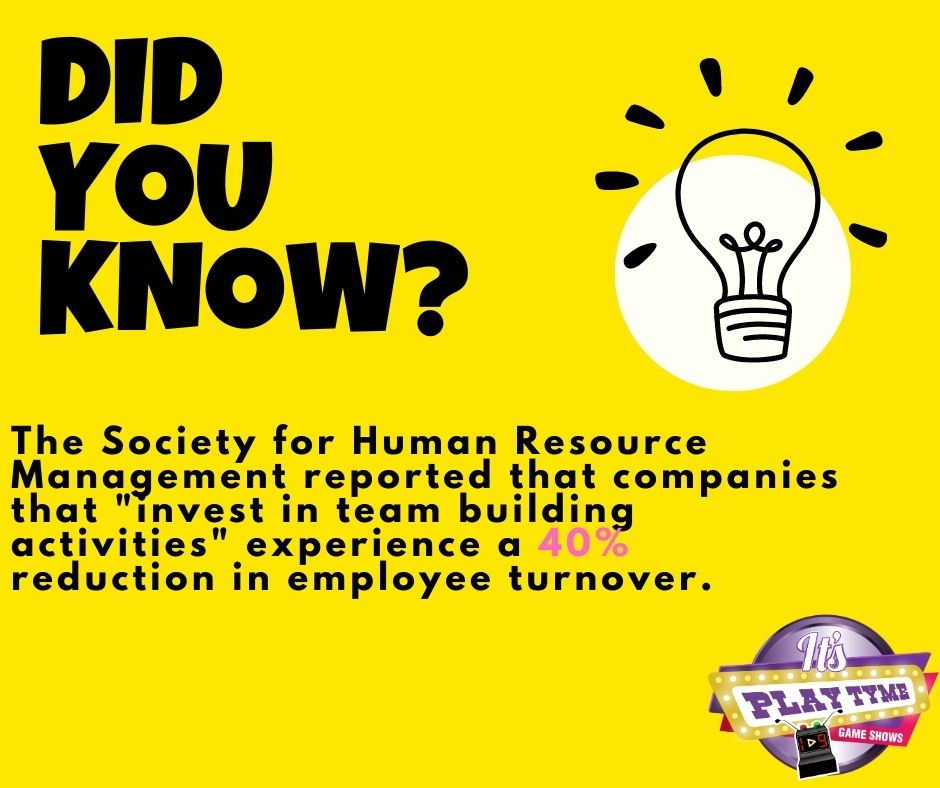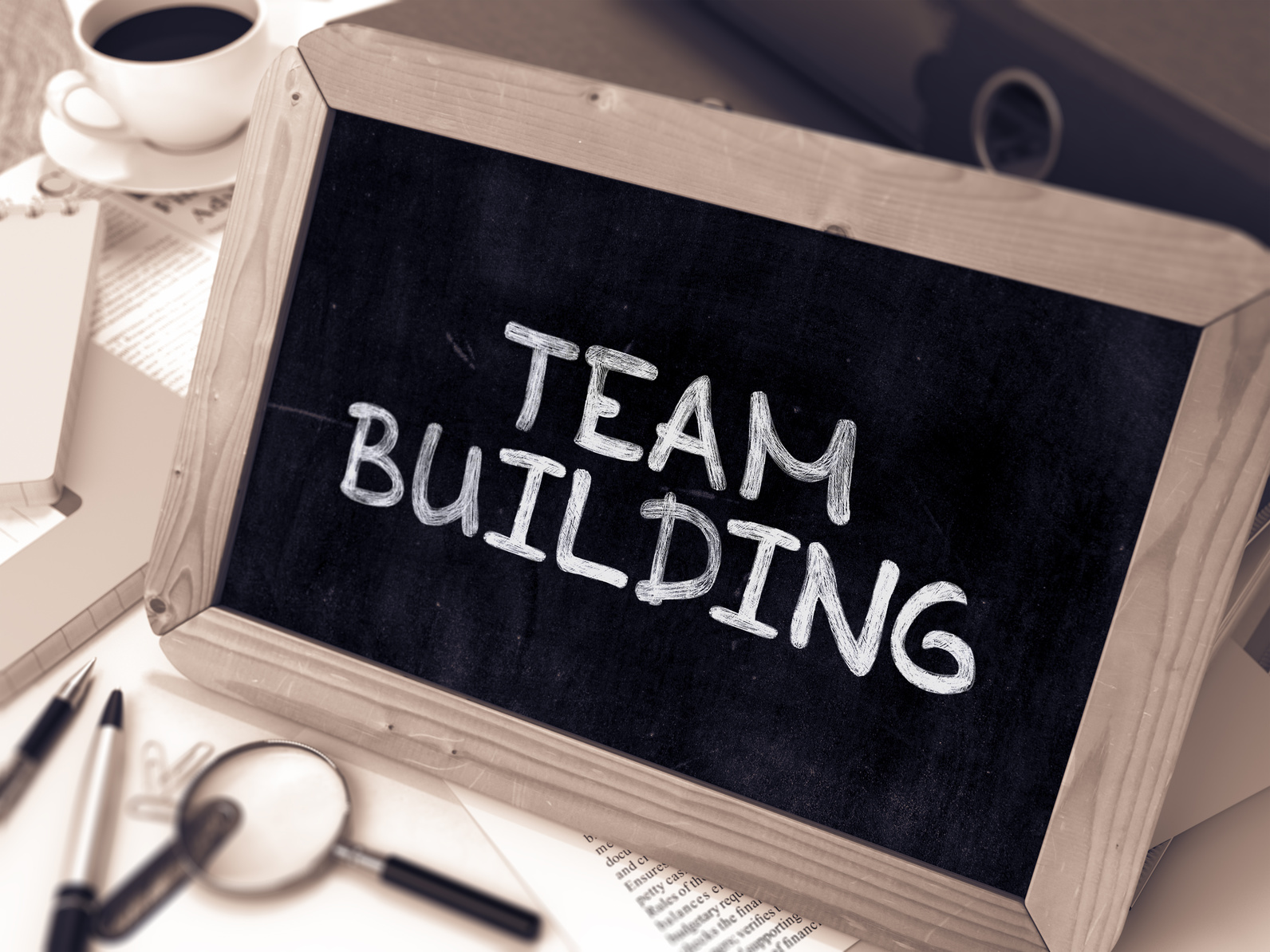“Increasing job satisfaction is an area I’ve studied deeply as a professional Team Building Facilitator.
I’ve uncovered many methods that can boost happiness in the workplace and understood that employees who feel content are not only more productive than others.
Also more likely to stay with their employer over time. That’s why it’s so important for employers to concentrate on making their workers happier.
In this article, I’ll explore the various strategies and techniques employers can use to raise job satisfaction levels.
By implementing these methods, employers can foster a sense of team spirit and increase productivity, which is essential for the company’s overall success.”
Unlocking the Secrets to Increasing Job Satisfaction

Key takeaways:
- Implementing effective job satisfaction techniques can lead to higher levels of happiness and productivity for employees.
- Improving workplace happiness can result in greater job fulfillment and employee satisfaction.
- Creating a positive work environment is key to boosting job satisfaction.
- Fostering communication and collaboration plays vital roles in job satisfaction.
- Providing growth and development opportunities is essential for job satisfaction.
1 – Consider Workplace Happiness a Priority

Reduction of Employee turnover
Job satisfaction techniques play an essential role in improving workplace happiness.
When employees feel fulfilled and engaged at work, they are more productive, motivated, and less likely to leave their jobs.
As a result, it is crucial for employers to prioritize job satisfaction by implementing effective strategies that promote happiness and well-being in the workplace.
By focusing on job satisfaction techniques, employers can create a positive work environment that fosters a culture of productivity and success.
When employees feel valued and respected, they are more likely to be committed to organizational goals and willing to go above and beyond to achieve them.
This, in turn, translates into measurable benefits for the company, including increased profitability, reduced turnover rates, and improved customer satisfaction.
Moreover, when employees are happy and engaged at work, they are more likely to be healthy and less prone to absenteeism or burnout.
As a result, investing in job satisfaction techniques is not only good for business, but it’s also essential for promoting employee well-being, which should be a top priority for any organization.
At its core, improving workplace happiness through effective job satisfaction techniques is a win-win proposition for both employees and employers alike.
However, before we dive into specific strategies for enhancing job satisfaction, it’s important to understand its significance.
By recognizing the importance of job satisfaction, employers can gain a more comprehensive understanding of how it impacts their organization’s overall success and bottom line.
The Importance of Job Satisfaction
Job satisfaction is a critical factor in determining an employee’s well-being and engagement in the workplace.
When employees are satisfied with their jobs, they are more likely to be motivated, productive, and committed to achieving organizational goals.
Furthermore, job satisfaction is directly linked to employee retention rates.
When employees feel fulfilled and engaged at work, they are less likely to leave their jobs, reducing turnover rates and associated costs.
Overall, job satisfaction is a fundamental aspect of promoting a positive work environment and fostering a culture of success and achievement.
By prioritizing job satisfaction, employers can create a workplace that promotes happiness, well-being, and productivity, benefiting both the company and its employees.
2 – Creating a Positive Work Environment
A positive work environment is essential for enhancing job satisfaction and improving workplace happiness.
There are several strategies that employers can employ to create a positive atmosphere that promotes job engagement and overall employee satisfaction.
Encourage Open Communication
Open communication channels are vital for fostering a positive work environment.
It allows employees to express their concerns, ideas, and feedback freely.
Employers can encourage open communication by scheduling regular one-on-one meetings with employees and conducting surveys to gather feedback on workplace satisfaction.
By actively listening to their employees, employers can create a culture of transparency and collaboration, which in turn enhances job satisfaction.
Establish Clear Goals and Expectations
Having clear goals and expectations is critical for employee satisfaction.
Employers should ensure that their employees are aware of their roles and responsibilities and what is expected of them.
This can be achieved by providing detailed job descriptions and conducting regular performance reviews to assess progress.
When employees have a clear understanding of their job requirements, they are better able to perform their duties, leading to a greater sense of job satisfaction.
Promote Work-Life Balance
Striving for a healthy work-life balance is important for employee well-being and job satisfaction.
Employers can promote work-life balance by offering flexible work schedules, such as telecommuting or flexible hours.
Additionally, providing resources such as on-site fitness facilities, wellness programs, and childcare services can help employees balance their personal and professional lives, leading to greater job satisfaction.
| Benefits of Work-Life Balance | Strategies for Enhancing Job Satisfaction |
|---|---|
| Increased job satisfaction | Encourage open communication |
| Lower stress levels | Establish clear goals and expectations |
| Improved mental health | Promote work-life balance |
| Reduced absenteeism |
Provide Opportunities for Professional Growth
Providing opportunities for professional growth is essential for job satisfaction.
Employers can offer training and development programs, mentorship opportunities, or tuition reimbursement to help employees enhance their skills and advance their careers.
When employees feel they are growing professionally, they are more likely to be satisfied with their jobs.
Celebrate Achievements
Recognizing and celebrating employee achievements is a powerful way to enhance overall employee satisfaction.
Employers can use various methods to acknowledge employee accomplishments. They use performance bonuses, awards ceremonies and other team celebrations.
Celebrating achievements not only boosts morale but also encourages employees to strive for greater success, leading to a greater sense of job satisfaction.
3 – Fostering Communication and Collaboration
Communication and collaboration are key to promoting job engagement and improving workplace happiness.
When employees feel that their voices are heard and their opinions are valued, they are more likely to be satisfied with their jobs.
Furthermore, when employees work together in an atmosphere of cooperation and mutual respect, they are more likely to feel connected to their colleagues and the organization as a whole.
One effective strategy for fostering communication and collaboration is to create opportunities for team-building activities.
These activities can be fun and engaging, while also facilitating team spirit and a sense of camaraderie.
For example, my company recently held a team-building event where we participated in an escape room challenge.
While working together to solve the puzzles, we were able to build stronger relationships and improve our communication skills.
Another effective way to foster communication and collaboration is to provide regular feedback to employees.
Regular feedback helps employees understand their strengths and weaknesses, and shows them that their work is valued.
By providing feedback in a supportive and constructive way, employers can build a culture of trust and openness that encourages communication and collaboration.
Benefits of Fostering Communication and Collaboration
| Benefit | Description |
|---|---|
| Promotes Teamwork | Working together towards a common goal leads to a more cohesive team and a more productive workforce. |
| Enhances Problem-Solving Skills | Collaborating on projects and sharing ideas leads to better problem-solving skills and more creative solutions. |
| Improves Communication | Regular communication and feedback leads to better relationships between employees and managers, and a more positive workplace culture. |
In conclusion, fostering communication and collaboration is essential to promoting job engagement and improving workplace happiness.
By implementing strategies such as team-building activities and regular feedback, employers can create a positive and productive work environment that benefits everyone.

4 – Providing Growth and Development Opportunities
Continued growth and development are essential for job satisfaction. Offering opportunities for professional advancement can have a significant impact on employee fulfillment and overall satisfaction in the workplace.
One effective way to provide growth opportunities is through training and development programs. This allows employees to enhance their skills and knowledge while also feeling valued and invested in by their employer.
Another strategy is to offer mentorship or coaching programs, which can provide employees with guidance and support as they navigate their career paths.
By investing in their professional growth, employers can demonstrate their commitment to their employees’ success and foster a sense of loyalty and dedication.
Additionally, providing opportunities for career advancement, such as promotions or transfers to different departments, can also increase job fulfillment and satisfaction.
This not only allows employees to take on new challenges and responsibilities but also demonstrates that their efforts and contributions are recognized and rewarded.
| Growth Opportunities | Benefits |
|---|---|
| Training and Development |
|
| Mentorship or Coaching Programs |
|
| Opportunities for Advancement |
|
By providing growth and development opportunities, employers can not only increase job satisfaction but also ensure a skilled and motivated workforce that is equipped to meet the challenges of the future.

5 – Recognizing and Rewarding Achievements
Recognizing and rewarding achievements is a crucial aspect of enhancing employee satisfaction.
When employees feel valued and appreciated, it boosts their morale and motivates them to perform better. It’s essential to recognize and acknowledge employees’ hard work and dedication regularly.
One effective way to recognize achievements is by creating an employee recognition program.
This program should include specific criteria for recognition, such as outstanding sales, excellent customer service, or innovative ideas. The program should also outline the rewards for achieving them, such as bonuses, time off, or public recognition.
Another way to recognize achievements is through verbal praise or a handwritten note.
This method may seem simple, but it’s incredibly effective. When a manager takes the time to recognize an employee’s accomplishments and express appreciation, it can go a long way in enhancing their satisfaction and motivation.
“The recognition has to be authentic. It has to be something that truly shows appreciation.
It’s not about the monetary value. You want to make it very personal and meaningful to the employee,” says Dr. Noelle Nelson, author of Make More Money By Making Your Employees Happy.
| Benefits of Recognizing and Rewarding Achievements |
|---|
| Boosts employee morale |
| Motivates employees to perform better |
| Increases employee engagement |
| Improves employee retention |
| Enhances workplace happiness |
Remember, when creating a recognition and rewards program, it’s crucial to make it fair and consistent.
All employees should have equal opportunities to be recognized and rewarded for their achievements.
By doing so, you can enhance employee satisfaction and create a positive work environment.
Frequently Asked Questions

frequently asked questions – increasing job satisfaction
What is job satisfaction?
Job satisfaction refers to the level of contentment and fulfillment an individual experiences in their job or career.
It encompasses factors such as job engagement, happiness, and overall satisfaction with their work environment.
Why is job satisfaction important?
Job satisfaction is crucial as it directly impacts employee morale, productivity, and overall well-being.
When employees are satisfied with their job, they are more likely to be motivated, engaged, and committed to their work.
How can I create a positive work environment?
Creating a positive work environment involves fostering open communication, promoting teamwork, providing support and resources.
As a leader, you can also, recognize achievements, and ensuring a healthy work-life balance.
How can I enhance communication and collaboration in the workplace?
To enhance communication and collaboration, encourage regular team meetings.
Implement effective communication tools, foster a culture of transparency, and provide opportunities for teamwork and cross-departmental collaboration.
What are some strategies for providing growth and development opportunities?
Strategies for providing growth and development opportunities include offering professional development programs, mentoring and coaching initiatives and cross-training opportunities.
How can I recognize and reward achievements?
You can recognize and reward achievements by implementing an employee recognition program, offering incentives and bonuses.
There’s also public acknowledgment, and celebrating milestones and successes as a team.
How can I boost overall job satisfaction?
To boost overall job satisfaction, focus on creating a positive work environment, fostering communication and collaboration, providing growth and development opportunities.
Make sure to recognize and reward achievements, and actively listen to and addressi employee feedback and concerns.
Conclusion
In conclusion, boosting job satisfaction is essential for a happier and more productive workplace.
By implementing the tips and strategies discussed throughout this article, employers can create a positive work environment that benefits both their employees and the organization as a whole.
As I have explored in this article, understanding the importance of job satisfaction and implementing effective techniques for enhancing it can significantly improve workplace happiness and employee satisfaction.
By creating a positive work environment, fostering communication and collaboration, providing growth and development opportunities, and recognizing and rewarding achievements, employers can increase job fulfillment and overall job satisfaction.
It is crucial to remember that job satisfaction is a continuous process and requires ongoing effort from both employers and employees.
By consistently implementing these strategies and continually seeking feedback and improvement, employers can boost job satisfaction and create a workplace culture that promotes happiness, productivity, and success.
Got Team Builder Games?
![]()
Book a live game show experience today!
Contact us for further details.
For Immediate assistance by text – 917-670-4689
No deposit required.
We plan and facilitate all activities.









